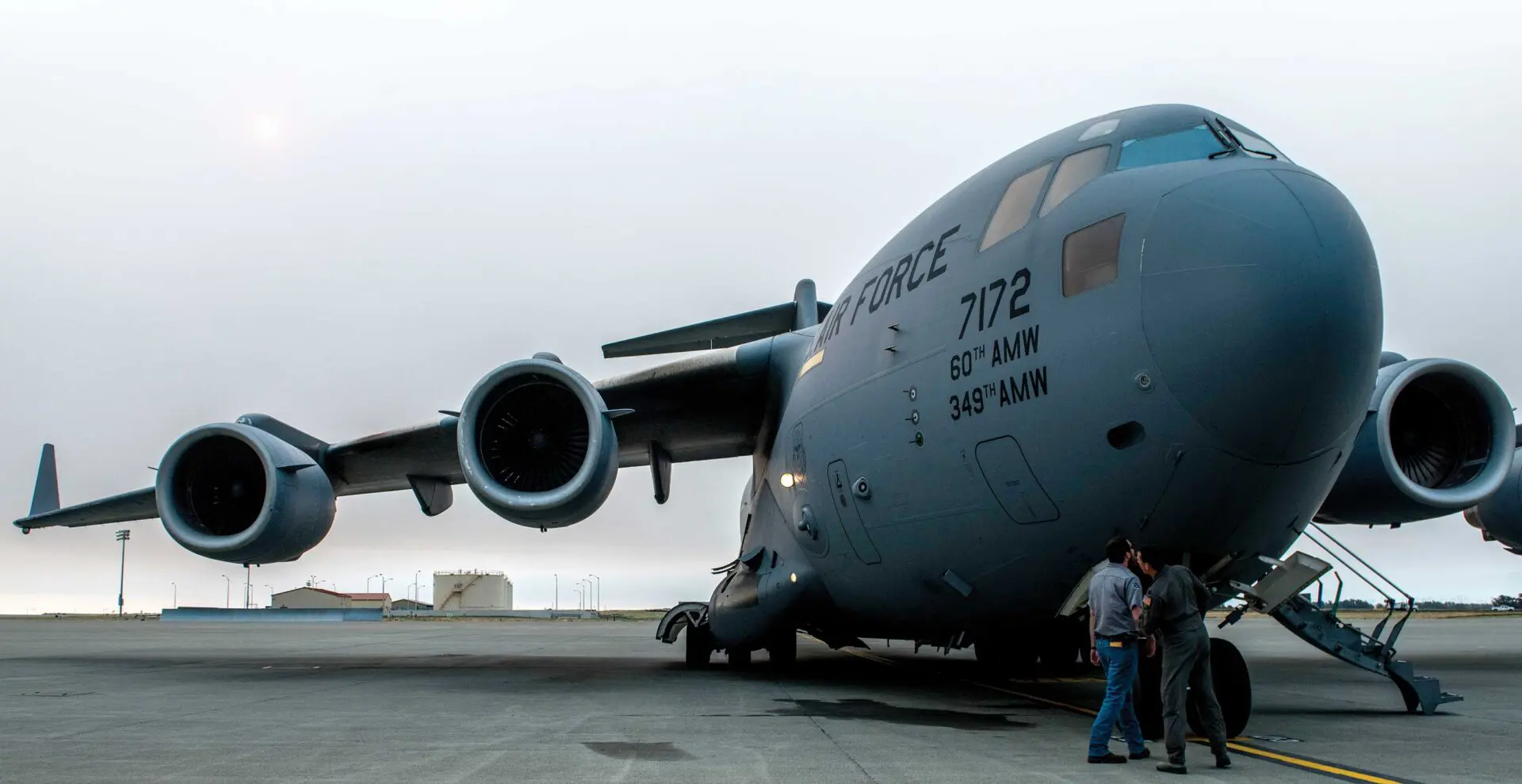A Safe Unit Is a Ready Unit
By MS. JESSIE PERKINS, AIR FORCE SAFETY CENTER
How does your organization measure up? Are violations of operating instructions in the unit common? Is the organization genuinely concerned about safety? Can leaders and supervisors in the squadron be trusted? Survey items such as these questions come from the Air Force Combined Mishap Reduction System (AFCMRS) survey.
The Human Factors Division at the Air Force Safety Center (AFSEC) provides this survey to meet the Air Force’s safety mission to safeguard Airmen and Guardians, protect resources, and preserve combat capability by addressing the number one cause of Air Force mishaps: human error.
A proactive safety tool, AFCMRS helps commanders assess the safety climate of their units through anonymously surveying members’ attitudes and perceptions. These surveys can be conducted at any echelon in the Air Force and Space Force, from the squadron to the major command or field command.
“The AFCMRS survey helps leaders find hidden safety risk, inform mitigations, monitor changes, or affirm a safe culture,†said Col Geoffrey Ewing, Chief of the Human Factors Division and a physician of aerospace and occupational medicine. “Airmen and Guardians want to be safe, compliant, and productive by nature. A safe working environment for them directly results in increased productivity and trust in leadership.â€
The AFCMRS program hails from a solid history beginning in 2007.
In the past 5 years, 4,724 total unit surveys were completed consisting of 289,929 individual participants. There were 28,854 aircrew members, 55,064 maintainers, and 88,922 other support personnel, accounting for the majority of the career fields surveyed.
The Safety Center debriefed results to more than 2,700 unit commanders during those 5 years. During each debriefing, commanders were provided an opportunity to give feedback on the program. In an effort to highlight areas that needed improvement, one commander stated, “The results highlighted a few areas of concern based on the majority of responses. This [feedback] allows me and the rest of the unit leadership to better focus our efforts in addressing Airmen’s concerns.â€
The survey can also highlight successes, as another commander stated, “The overall feedback … was that the unit was moving in the right direction overall. I did not see any major areas of concern. All responses were an improvement from the previous year.â€
AFCMRS has the ability to reach every member of the unit with the click of the mouse or tap of the finger on a mobile device, providing commanders with a quick and easy way to check the pulse of their unit.
“The survey can be up and running within 15 minutes of a request,†said Moses Winston, AFCMRS Program Manager. “The median completion time is under 10 minutes and the results can be debriefed within 2 hours, giving units a very valuable measurement tool that can be done quickly and, best of all, at no cost.â€
“We have a team of professionals at the Air Force Safety Center that guide commanders through every question to help them understand the results,†said Ewing. “Our goal is to ensure they are able to take the data we provide and mitigate unit issues through an informed decision-making process.â€
Participant perceptions are scored from 1 point, for strongly disagree, to 5 points, for strongly agree. The use of the Likert scale allows commanders to target limited resources with lower scores and continue operations in areas with higher scores to improve mission effectiveness for their squadrons.
The scores and comments then allow commanders to compare their unit with other, similar units across common subject areas.
“Effectiveness of survey results to Air Force Safety as a whole is hard to quantify,†said Winston. “On a squadron-by-squadron basis, good commanders are rarely surprised, and often survey data confirms ‘gut’ feelings about their units.â€
According to AFCMRS, the value of the data is directly proportional to the effort that the Airman or Guardian and his or her command put into conducting the survey.
Winston added, “Commanders who are surprised by the results appreciate how AFCMRS was able to identify the issue and include data to back up perceptions.â€
There are three main surveys available. The first is OPS (Operations), which is targeted to the line aviator in a flying squadron. The second is MX (Maintenance), targeted to the crew chief on the line and wrench-turners in the back shops that keep aircraft flying. The third is SUP (Support), which includes everyone on the commander’s staff and other wing agencies who keep the mission going.
Additional surveys are available, such as one that assesses patient safety in medical units or the impacts of COVID-19 on unit operations. Other specialized versions are available for members within the nuclear, space, special warfare, and intelligence, surveillance, and reconnaissance communities.
There are also surveys for higher headquarters and staff at Numbered Air Force and above, used to assess their level of support to lower-echelon organizations. Unique surveys exist as well, such as a survey that looks into the driving habits of Airmen and Space Professionals.
“Keep in mind, AFCMRS items are not limited to just safety practices; outcomes are likely improved as well. Squadrons with a good safety climate in the areas of process, climate, resources, and supervision are less likely to experience slips, trips, and falls or even more serious incidents,†said Winston.
Winston recommends and encourages squadrons to take the OPS, MX, and/or SUP surveys within 30 days of a change of command and then biennially thereafter. Deployment cycles, a desire to examine a particular issue, or a feeling that something is not right can also be reasons to initiate a survey.
Contact the AFSEC Human Factors Division at AFSEC.SEH.LocalDivision@us.af.mil to learn more about how a proactive safety culture equals a ready unit.

